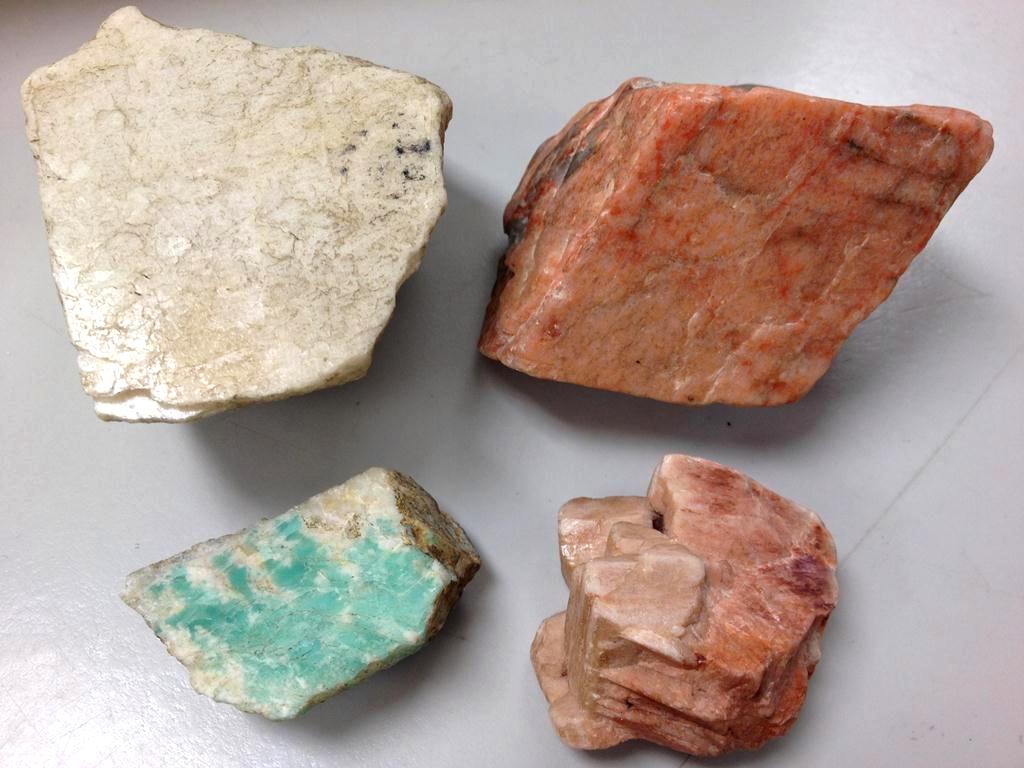Unveiling the Mysteries: A Comprehensive Guide to the Classification of Minerals
2 min read
Minerals are the building blocks of our planet, encompassing a vast array of chemical compositions and physical properties. Understanding how minerals are classified is crucial for geologists, mineralogists, and anyone with a passion for Earth sciences. In this blog post, we will delve into the intricate world of mineral classification, exploring the various criteria and systems used to categorize these remarkable substances.
- Chemical Composition:
Minerals are classified based on their chemical composition, which refers to the elements present and their relative proportions. The International Mineralogical Association (IMA) has established a system that categorizes minerals into groups based on their dominant chemical elements. For example, silicate minerals, the most abundant group, are composed primarily of silicon and oxygen. Other groups include carbonates, sulfides, oxides, and more. Understanding the chemical composition of minerals provides insights into their formation and properties. - Crystal Structure:
Another crucial aspect of mineral classification is their crystal structure. Minerals are composed of atoms arranged in a repeating pattern, forming crystals. The arrangement of these atoms determines the mineral's physical properties. The Dana classification system categorizes minerals based on their crystal structure, dividing them into classes such as native elements, sulfides, halides, and so on. By examining crystal structures, scientists can identify minerals and predict their properties, such as hardness, cleavage, and optical behavior. - Physical Properties:
Minerals can also be classified based on their physical properties, which include color, luster, hardness, density, and more. These properties are often observable and can aid in mineral identification. For instance, the Mohs scale of mineral hardness ranks minerals from 1 to 10, with talc being the softest and diamond the hardest. By assessing physical properties, geologists can differentiate between minerals with similar chemical compositions but distinct characteristics. - Geological Occurrence:
Minerals can be further classified based on their geological occurrence. This classification considers the environment and processes in which minerals form. For example, hydrothermal minerals are formed from hot, mineral-rich fluids circulating within the Earth's crust. Sedimentary minerals, on the other hand, are deposited through the accumulation and lithification of sediment. Understanding the geological occurrence of minerals provides insights into Earth's history and the processes that shape our planet.
Conclusion:
Mineral classification is a multidimensional endeavor that encompasses chemical composition, crystal structure, physical properties, and geological occurrence. By understanding these classification systems, scientists can unravel the secrets held within minerals and gain a deeper understanding of Earth's composition and history. Whether you're a geology enthusiast or a professional in the field, delving into the world of mineral classification opens up a fascinating realm of knowledge and discovery.
